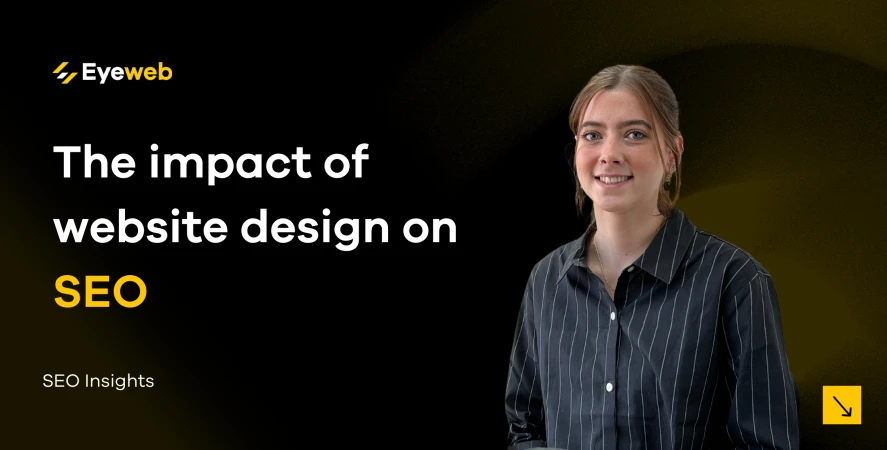Website design is crucial in search engine optimisation (SEO) to help your website appear higher on search engine results. The collaboration between web designers and digital marketers can help you get the most out of your website.
User-friendly web design and SEO optimisation go hand in hand. Search engine crawlers, or spiders or bots, are programs that systemically browse web pages and add them to a search engine’s index. Crawlers want to mimic the human experience, ranking websites higher the more helpful and practical they are. Web designers create websites that engage your audience and appeal to search engines simultaneously.
Keep navigation simple
A web designer will spend a lot of time considering UX design, which is creating designs that provide a meaningful user experience.
One aspect of UX design is the navigation of your website. It may seem minor, but navigation can impact the average time spent on pages, bounce rate, engagement and conversions, making it crucial for user experience and SEO value.
It is essential that finding information on your website isn’t hard work for website users or search engine crawlers. If it is, users will simply leave your site and find the information they require elsewhere. This reduces your engagement and potentially costs your business money. If information isn’t straightforward and accessible for crawlers, your SEO score will be lowered. This will affect your ranking, making it harder for users and potential customers to find your website in the first place.
So, what makes for good website navigation?
Keep the main menu simple and clean. Limit the number of items to avoid confusion.
Use categories to help users find what they need quickly.
Have a search bar for users to find the web page they're looking for easily.
Simplify URLs and make sure they are clear, concise and descriptive.
Remove any duplicates
Reduce loading time
How your website is designed can significantly impact the loading speed of your web page, which is a crucial search engine ranking factor. 53% of website visits will likely be abandoned if pages take at most 3 seconds to load. If your website isn’t fast enough to keep users on your site, search engines realise that the website is not providing users with a good experience. Therefore, search engines will lower your SEO score and rank you in a lower position.
One way to reduce load time is to compress images and videos properly. If images are not compressed, they can significantly increase your website load time. On the other hand, if optimised for desktop and mobile viewing, images can increase engagement and conversions.


